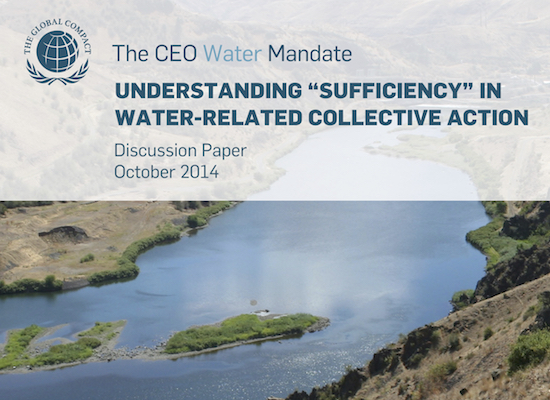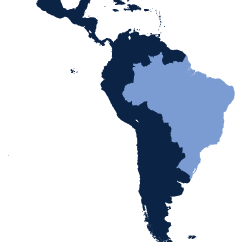Primary Functions
- Utilize the notion of “sufficiency” as it pertains to water stewardship and collective action to determine how much and what type of action is needed.
Detailed Description
As the private sector has become increasingly attuned to water stress and the risks it poses to business interests, many companies have begun exploring ways to reduce or mitigate water risks across their business operations and supply chains. Water stress comprises three core elements: water availability, quality, and accessibility. As such, meaningful action to mitigate water stress inherently considers and responds to one or more of these three components. However, ‘firstmover’ companies have quickly learned that a comprehensive approach to resolving water stress can be a very complex undertaking. Resolving water stress in any particular geography may require attention to biophysical, engineering, cultural, economic, or political considerations that can span a broad range of geographic scales, from a local watershed or aquifer to governments at multiple geopolitical levels to regional and global economies.
This paper selectively focuses on water stewardship action at the scale of local watersheds and aquifers, as pursued through collective action with the community of water users sharing those local water resources. Specifically, we introduce a concept of “sufficiency” in managing water stress. As defined here, sufficiency relates to the state at which existing water conditions and uses are consistent with a water community’s needs, values, and desires, including protection of natural ecosystems. When a difference exists between a water community’s needs and desires and the existing water resource conditions, water stewardship activities can be designed to close this gap. By measuring progress toward closing this gap, the water community can continually evaluate whether their collective stewardship actions are moving toward sufficiency.
While recognizing that this simple conceptual formulation of sufficiency can be applied at many scales – and in fact its application will need to transcend multiple scales to address water governance issues that influence water access, water allocation, and other concerns – we introduce its application to local watersheds and aquifers for three important reasons: (1) Few water stress issues can be resolved without addressing their manifestation in local water communities and with the water resources those communities depend upon; (2) Corporate exposure to water risks often emanates from localized impacts, e.g., lack of water for a particular business unit, inability to access agricultural supply-chain products from a particular growing region, or community protests over water pollution in their local river; and (3) It is usually at the local level that companies can best contribute to the resolution of water stress in a meaningful way.





